This is the information released in the Preliminary Report on the results of the 2024 exploration excavation of the Kinh Thien Palace area announced by the Thang Long - Hanoi Heritage Conservation Center. Associate Professor, Dr. Tong Trung Tin - in charge of the excavation site - said that the excavation results continued to reveal the Royal Path and Dan Tri courtyard from the Le Trung Hung and Le So dynasties, similar to previous excavations.
"The new point in this area is the first discovery of a large underground sewer from the early Le Dynasty running under the Royal Palace. This indicates that the underground space of the Kinh Thien Palace during the early Le Dynasty and the Later Le Dynasty still contains many unexpected discoveries that we cannot fully understand," said Associate Professor, Dr. Tong Trung Tin.
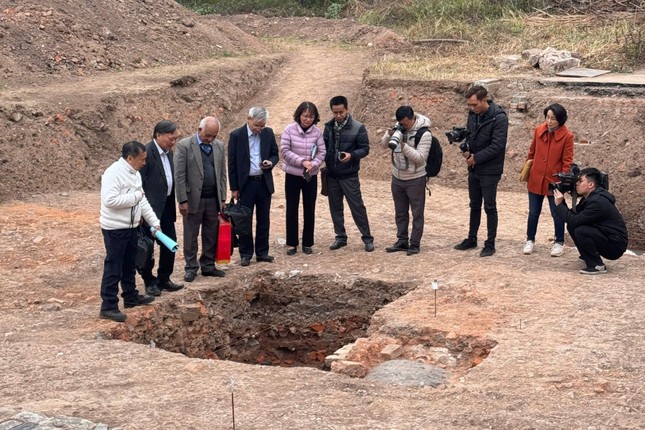 The 2024 exploratory excavation of the Kinh Thien Palace area was carried out on a fairly small area.
The 2024 exploratory excavation of the Kinh Thien Palace area was carried out on a fairly small area.
The underground sewer was discovered about 30 cm below the Royal Road and Dan Tri area during the Later Le Dynasty. The underground sewer is quite large with a height of 53 cm and a width of 37 cm. This is predicted to be the sewer of the entire Dai Trieu courtyard area.
"The underground sewer demonstrates our engineering and construction talent. The underground sewer has the ability to quickly drain all the water in Dai Trieu yard - which has an area of up to tens of thousands of square meters. We predict that to drain water in such a large area, we need to use a surface drainage system and an underground drainage system," said Associate Professor, Dr. Tong Trung Tin.
The discovery of a large underground sewer under Ngu Dao Street is the highlight of the 2024 exploratory excavation of the Kinh Thien Palace area.
After the 2024 excavation, archaeologists also discovered traces of column foundations that continued to the west of the early Le Dynasty corridor architecture that had been exposed during the 2023 excavation. The results of the H2 excavation - on the Kinh Thien Palace foundation - contributed to clarifying the structure of the Kinh Thien Palace foundation during the Later Le Dynasty and the Long Thien Palace foundation during the Nguyen Dynasty.
The 2024 excavation was conducted on a small area but brought many new insights, taking an important step forward in identifying Kinh Thien Palace and the space of Kinh Thien Palace during the early Le Dynasty (15th-16th century) and the Later Le Dynasty (17th-18th century), especially the imprints of architecture, materials, overall layout and construction techniques.
In order for the excavations in the coming years to be more detailed and accurate, archaeologists emphasize the need to develop a comprehensive excavation plan or strategy as recommended by UNESCO , which will contribute to clarifying and increasing the outstanding global values of the heritage site. This is also the basis for research to restore the Kinh Thien Palace and Kinh Thien Palace space.
Source: https://tienphong.vn/bi-an-duoi-duong-ngu-dao-thoi-le-so-le-trung-hung-post1708603.tpo


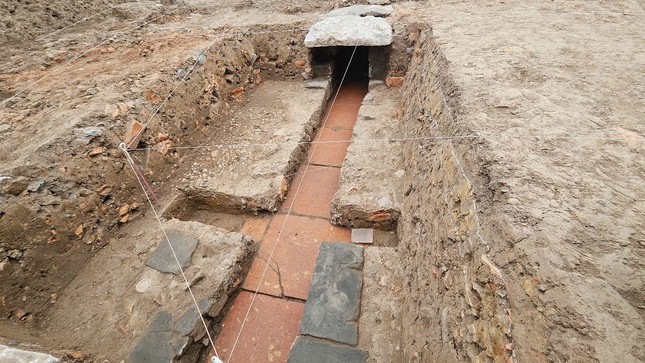
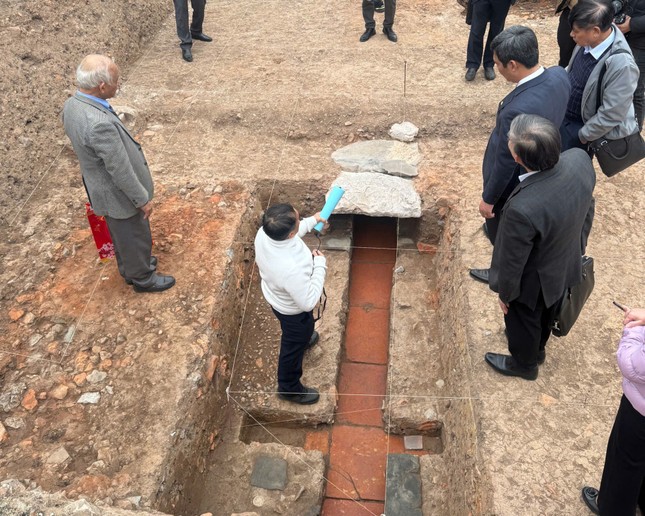
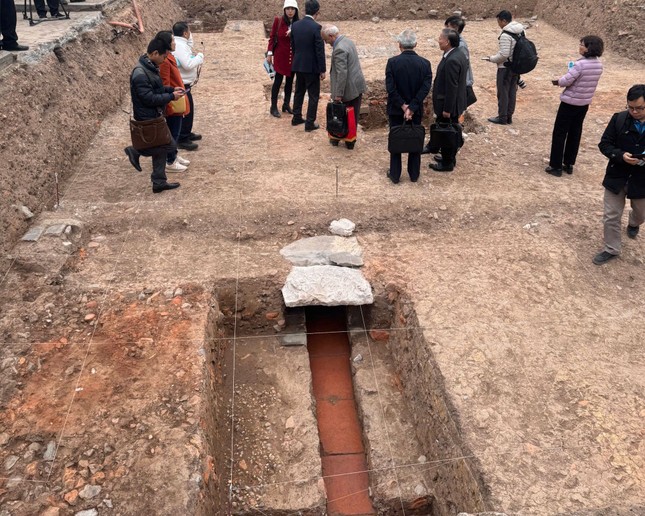
![[Photo] Parade to celebrate the 50th anniversary of Laos' National Day](/_next/image?url=https%3A%2F%2Fvphoto.vietnam.vn%2Fthumb%2F1200x675%2Fvietnam%2Fresource%2FIMAGE%2F2025%2F12%2F02%2F1764691918289_ndo_br_0-jpg.webp&w=3840&q=75)





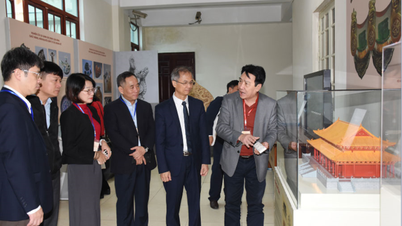

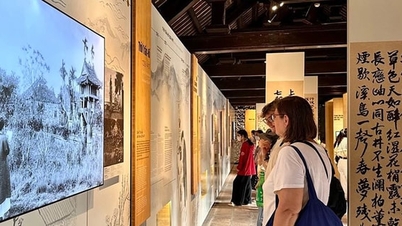



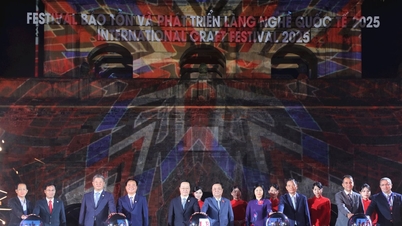

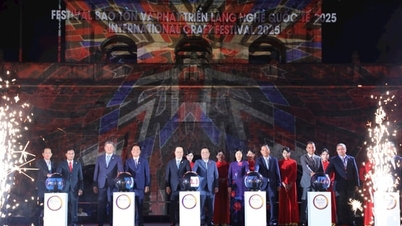
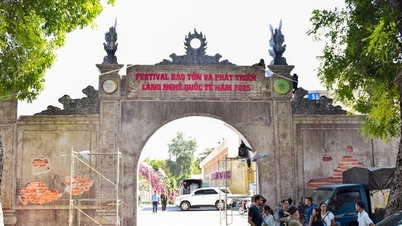
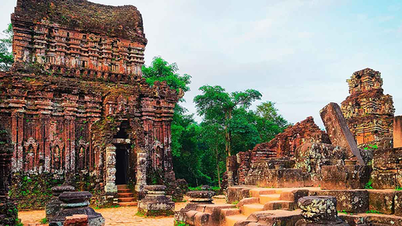





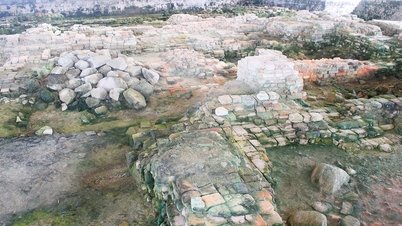

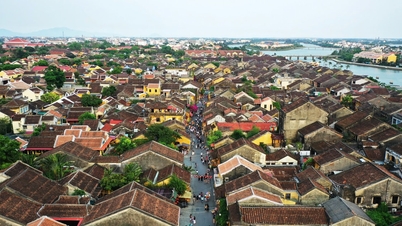

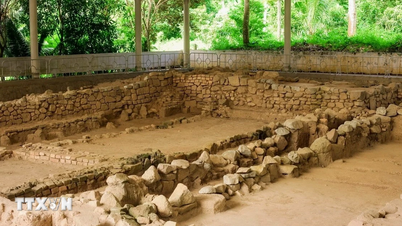





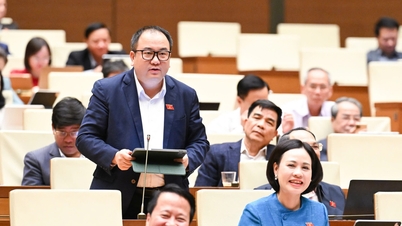

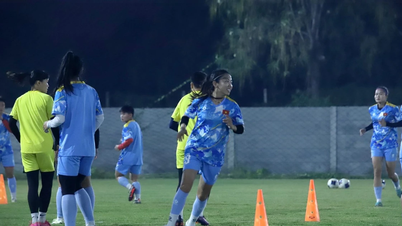


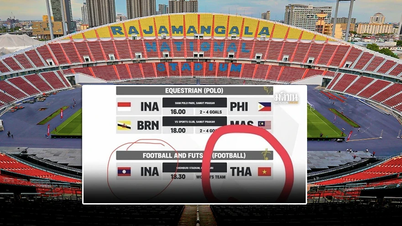
![[Photo] Worshiping the Tuyet Son statue - a nearly 400-year-old treasure at Keo Pagoda](/_next/image?url=https%3A%2F%2Fvphoto.vietnam.vn%2Fthumb%2F1200x675%2Fvietnam%2Fresource%2FIMAGE%2F2025%2F12%2F02%2F1764679323086_ndo_br_tempimageomw0hi-4884-jpg.webp&w=3840&q=75)


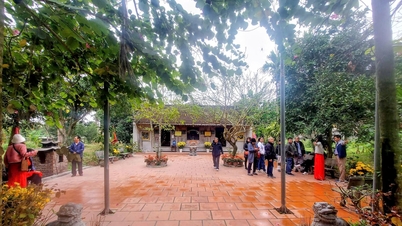



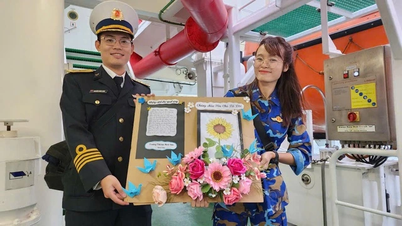



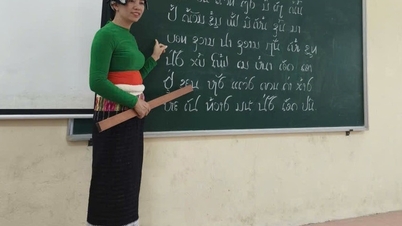

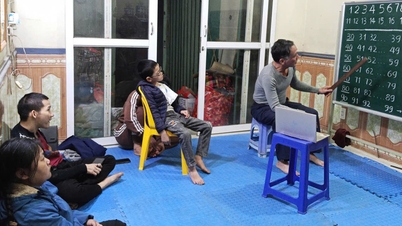


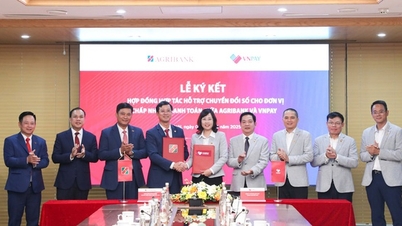



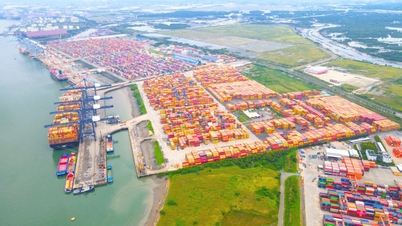












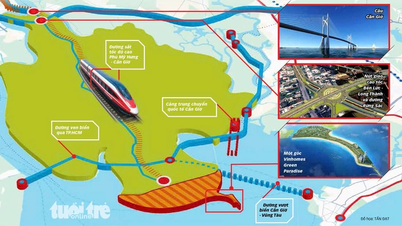




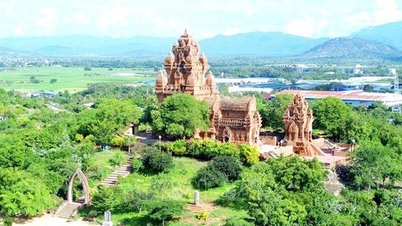



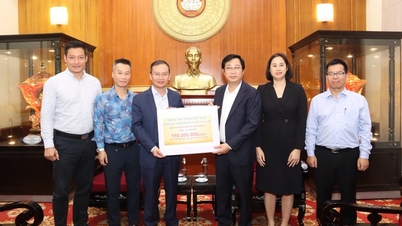
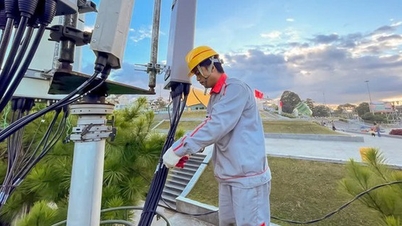





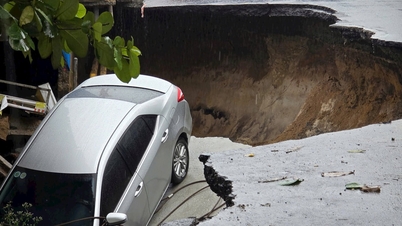




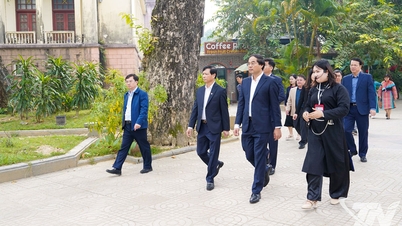









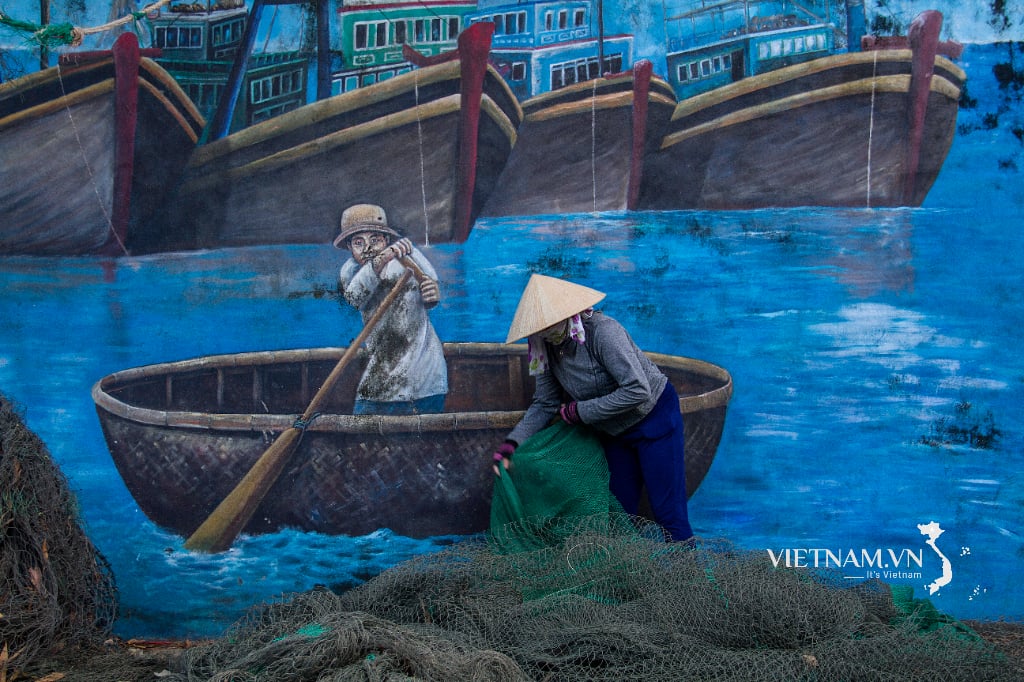



Comment (0)